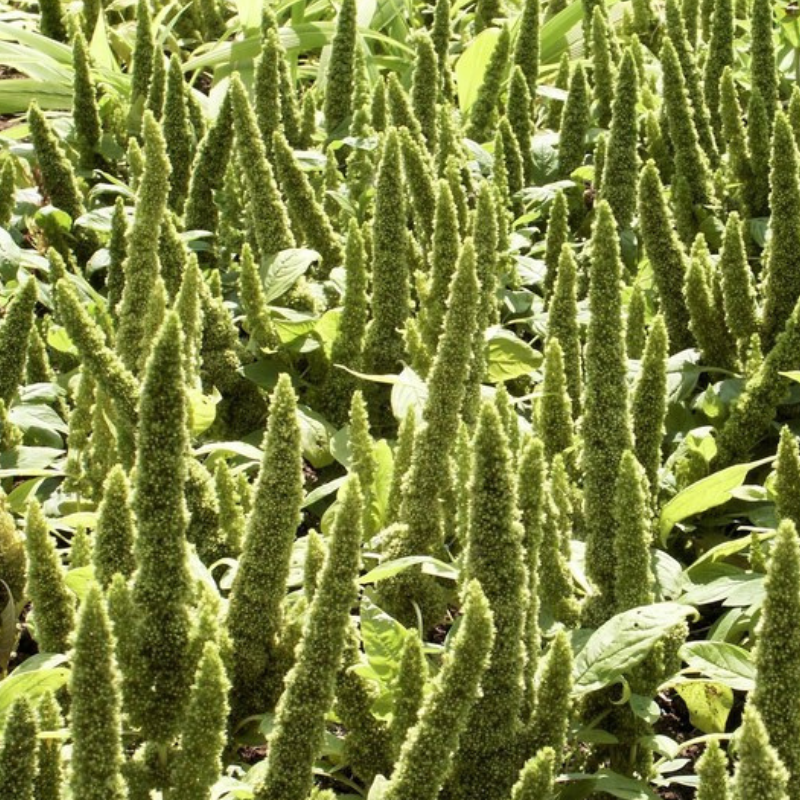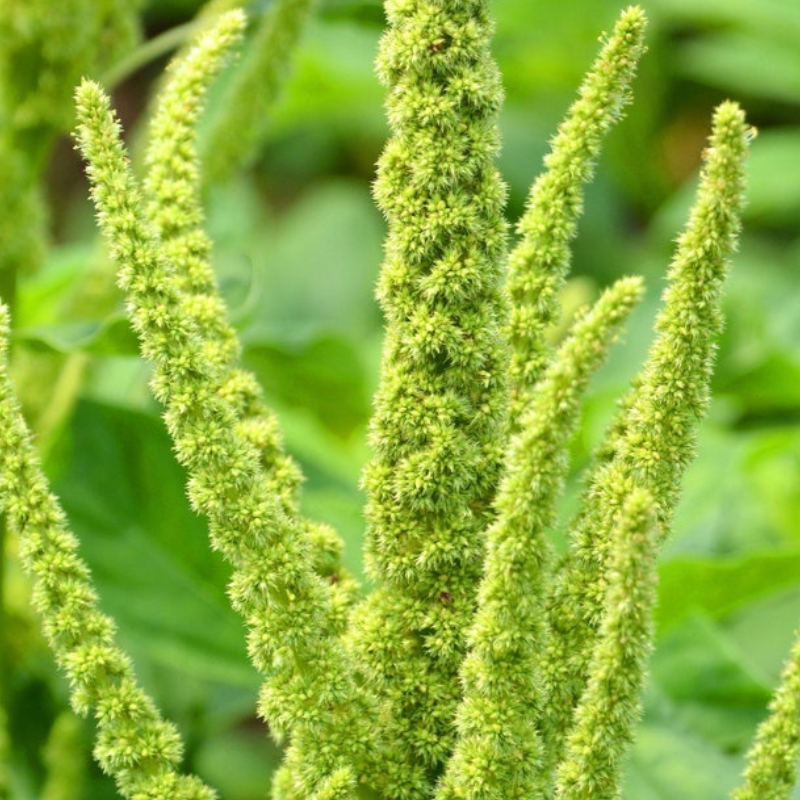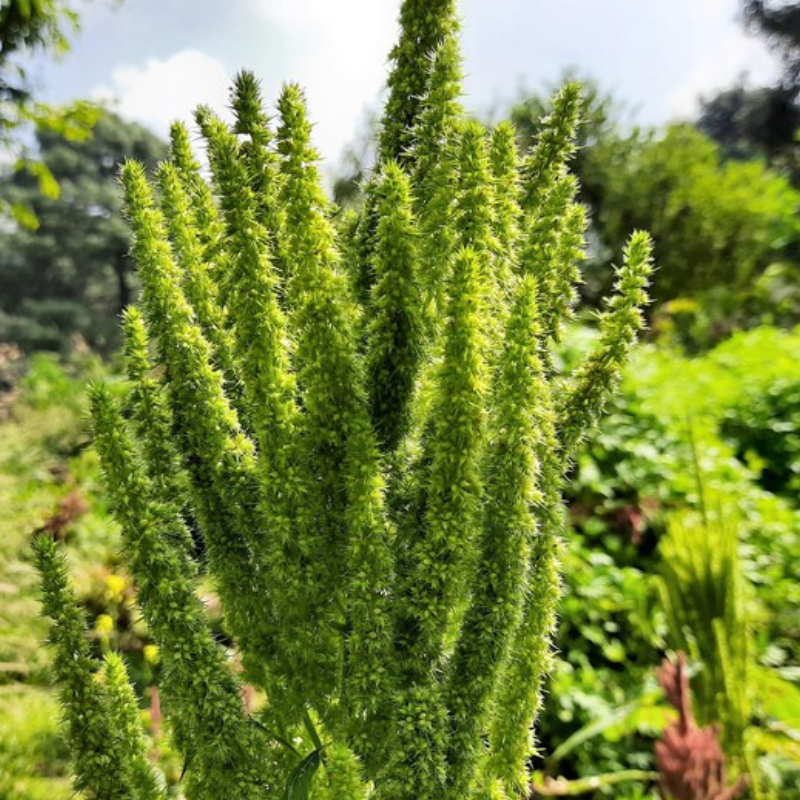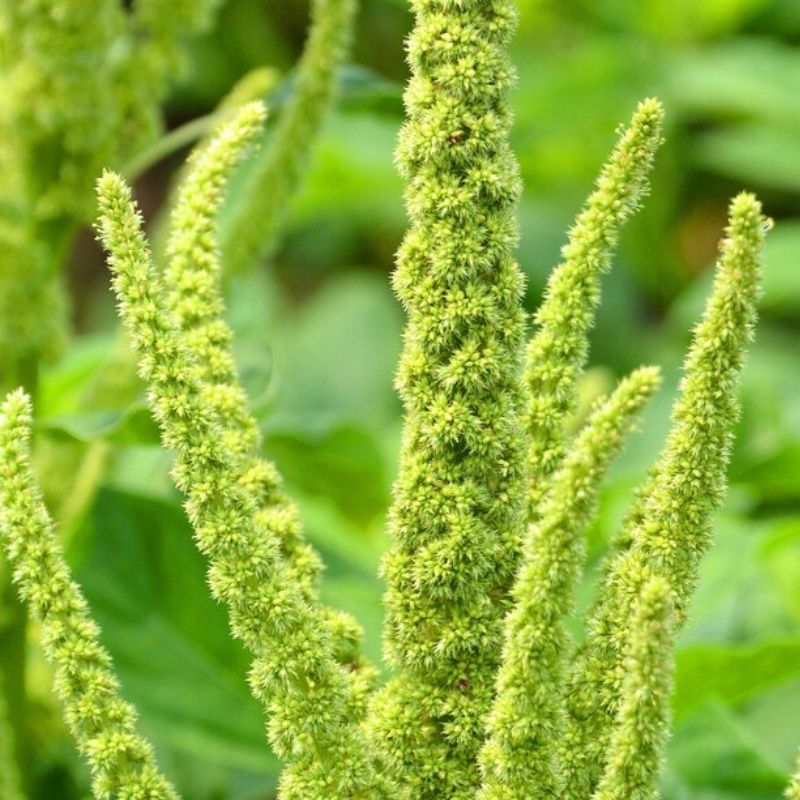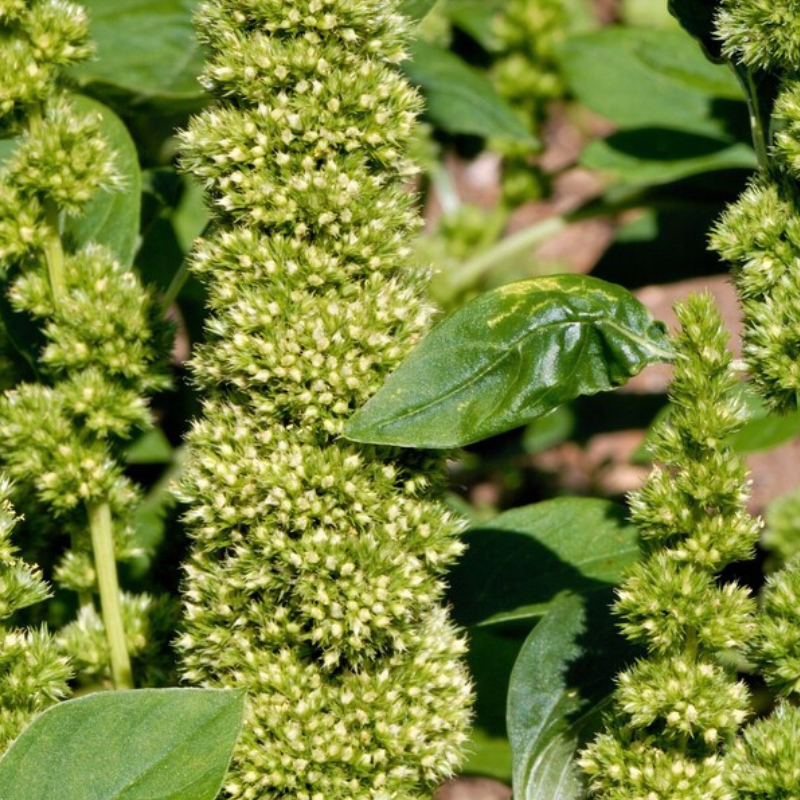- Historical context: Amaranthus, commonly known as amaranth, has been cultivated for thousands of years. It was a staple food for the Aztecs and other pre-Columbian civilizations in the Americas.
- Geographical origination: Amaranthus is believed to have originated in Central and South America.
- Relevant cultural significance: Amaranth was considered a sacred grain by the Aztecs and was used in religious ceremonies. It is still an important crop in many indigenous cultures in the Americas.
- Time period of discovery: Amaranth has been cultivated for over 8,000 years.
- Original habitat: Amaranth typically grows in warm, tropical, and subtropical regions.
- Notable historical uses: Historically, amaranth was used as a food source, in religious rituals, and for medicinal purposes.
- Ideal temperature range: Amaranth thrives in temperatures between 70°F to 85°F (21°C to 29°C).
- Soil type: It prefers well-drained, loamy soil with a pH between 6.0 and 7.5.
- Sunlight requirements: Amaranth requires full sun to grow optimally.
- Watering needs: It needs moderate watering, ensuring the soil remains moist but not waterlogged.
- Planting season: The best time to plant amaranth is in the spring after the last frost.
- Germination time: Amaranth seeds typically germinate within 3 to 10 days.
- Growth cycle duration: The plant usually matures in 90 to 120 days.
- Common pests and diseases: Common pests include aphids, flea beetles, and caterpillars. Diseases such as damping-off and root rot can affect amaranth.
- Companion planting advice: Amaranth grows well with crops like corn, beans, and squash.
- Common challenges and solutions: Challenges include pest infestations and fungal diseases. Solutions involve regular monitoring, using organic pesticides, and ensuring proper spacing for air circulation.
- Nutritional values: Amaranth seeds are rich in protein, fiber, magnesium, iron, and calcium.
- Health benefits: They are known to help in reducing cholesterol levels, improving digestion, and providing essential amino acids.
- Culinary uses: Amaranth seeds can be used in a variety of dishes, including porridges, soups, and as a grain substitute in salads and baked goods.
- Medicinal uses: Traditionally, amaranth has been used to treat conditions like diarrhea, ulcers, and inflammation.
- Other unique advantages: Amaranth is gluten-free, making it an excellent grain alternative for those with gluten intolerance or celiac disease.
